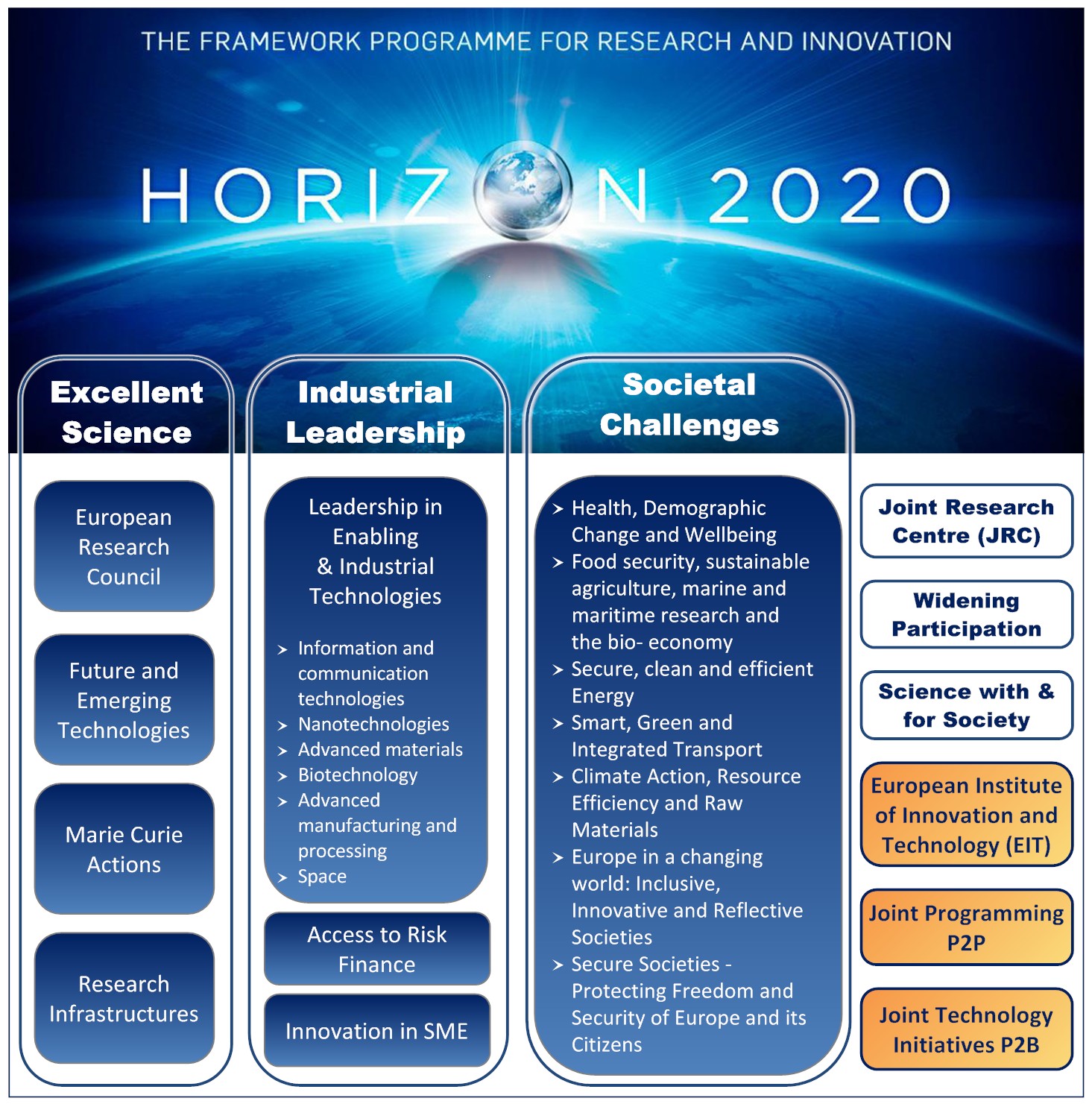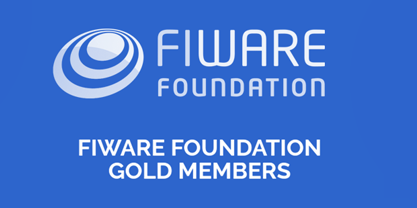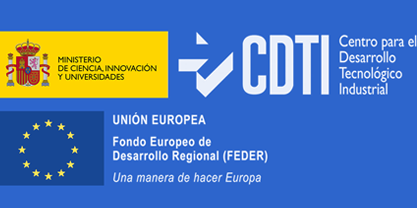The European Union launched the creation of Horizon 2020 (H2020) as a part of its support for research, development and innovation. H2020 is the financial instrument implementing the Innovation Union, which is the EU strategy to create an innovation-friendly environment that makes it easier for great ideas to be turned into products and services that will bring our economy growth and jobs.
H2020 has the largest budget in research and innovation of the European Union with nearly 80 billion euros available over seven years (2014-2020). This project integrates for the first time all phases from the generation of knowledge to the market activities: basic research, technology development, demonstration projects, pilot manufacturing, social innovation, technology transfer, standardization lines, support for pre-commercial public procurement, venture capital and guarantee system.

Fotografía tomada de https://www.gfz-potsdam.de
Know more about H2020
EU funding for research and innovation will be focused on three main priorities:
- Excellent Science: making Europe a magnet of innovation and helping to strengthen Europe’s position in the global scientific outlook. To that,
- Increasing the funding for the European Research Council, which subsidizes European researchers and,
- Keeping Marie Sklodowska-Curie activities to support the innovative research training, as well as knowledge-exchange opportunities cross mobility and qualification of researchers.
- Industrial Leadership: The goal is to see Europe as a more attractive location to invest in research and innovation, by promoting activities where businesses set the agenda. In this section, it is considered necessary to mention that SMEs can participate in collaborative projects of social challenges and technology and which is set to target of funding at least 20% of the budget.
- Societal Challenges: This challenge is focused on six key areas for a better life: health, food and agriculture including marine sciences, energy, transport, climate and raw materials, inclusive societies and security. The results are aimed at solving specific problems of citizens, such as the aging society, information protection or the transition to an efficient economy and low carbon emissions.

Fotografía tomada de https://www.itaxsmart.com
H2020 and Fiware are related to each other
But how to get funding? Any company, university, research institute or European legal entity can submit a proposal. This proposal has to be adapted to the lines and priorities set out in any of the three pillars of H2020. Much of the activities of this program are developed through consortium projects, which have to consist of at least three independent legal entities, each established in a different Member State of the European Union or Associated State.
All proposals are evaluated by a panel of independent specialists in their fields. Once a proposal passes the evaluation stage, applicants are informed about the outcome. The European Commission then draws up a grant agreement with each participant. The grant agreement confirms what research & innovation activities will be undertaken, the project duration, budget, rates and costs, the European Commission’s contribution, all rights and obligations and more.
Some H2020 topics include this year the use of FIWARE technology. The European Commission consider essential that many apps will use the FIWARE technology – from warnings of earthquakes to preventative food waste and even Smartaxi apps – which will be the standard for smart applications in the next years. That is, that using this innovative technology could develop faster and better internet services.
So if you’re involved in research you might be even more excited about some of the up-coming funding opportunities from the Horizon 2020.






0 comentarios